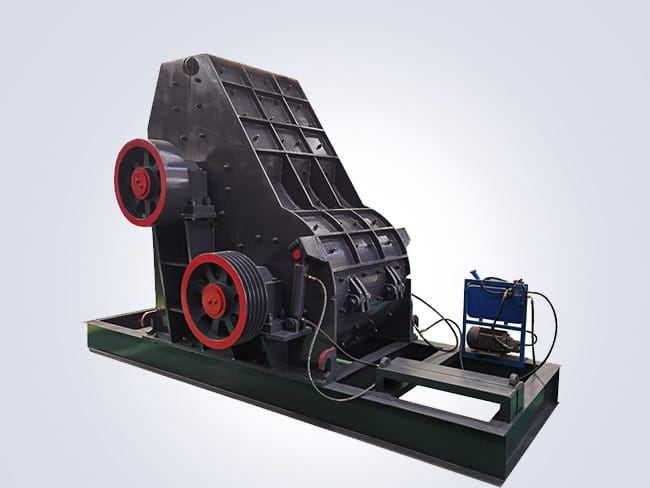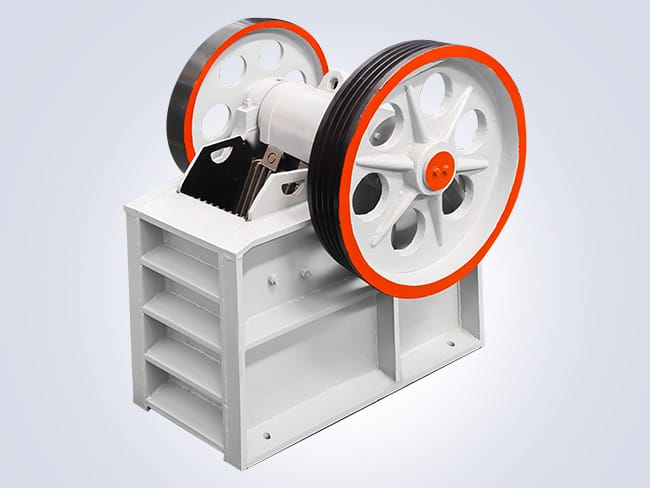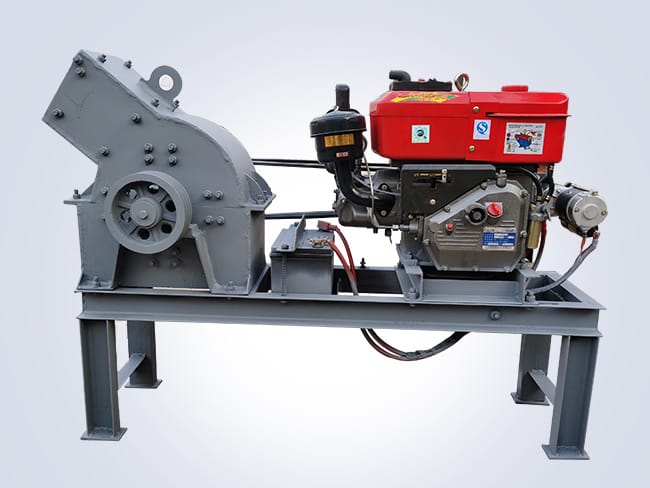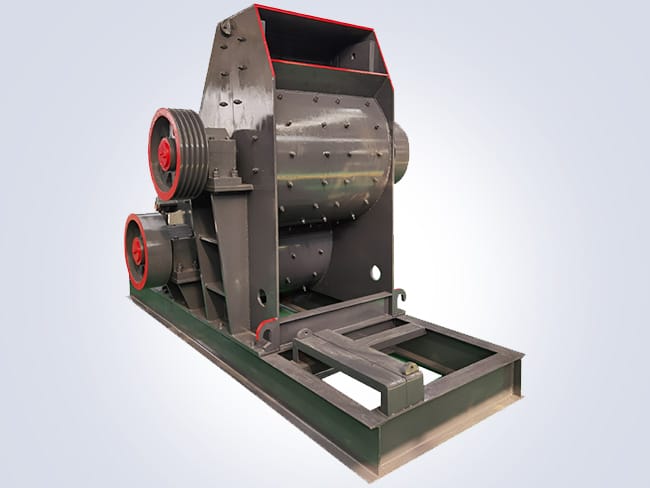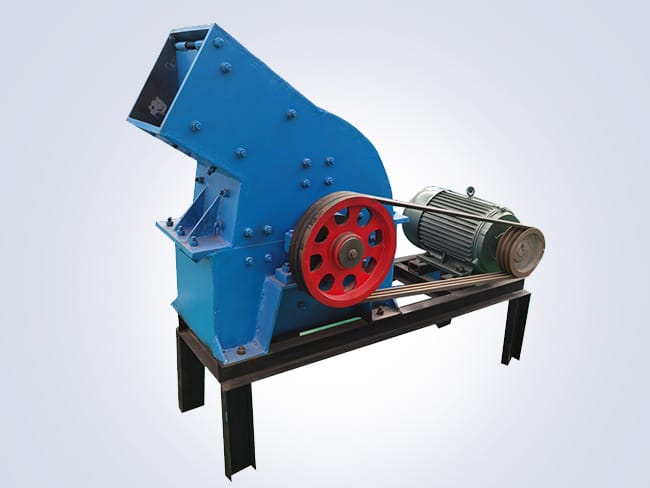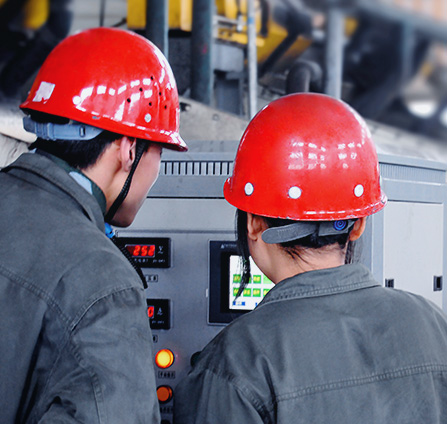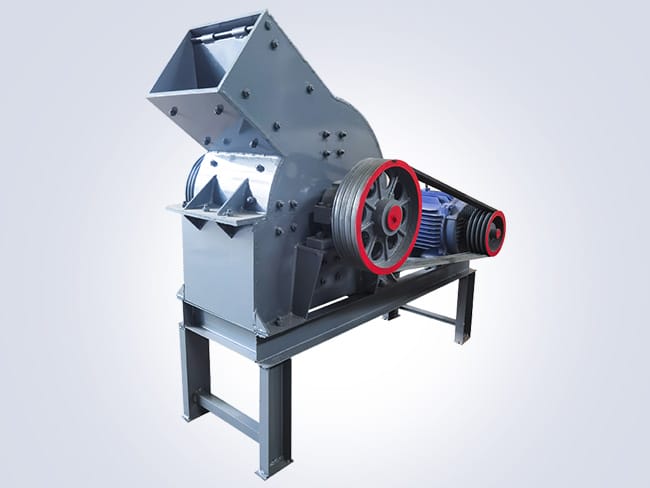
The hammer crusher is an essential piece of equipment widely used in industries such as mining, cement, chemical. And coal, primarily for crushing materials with medium hardness or lower. Its working principle involves the use of high-speed rotating hammers to apply impact force on the material entering the crushing chamber. Causing the material to break along its own cracks or weak points, thus achieving the purpose of crushing.
The main components of this equipment include the rotor, hammers, impact plates, and screens. Among these, the rotor is the core component, consisting of a main shaft and hammers mounted on it. When the motor drives the rotor to rotate at high speed. The hammers move accordingly and strike the material at extremely high speeds, realizing the crushing effect. The impact plates are located inside the crushing chamber. Opposite to the hammers, serving to withstand the rebound force after the material is struck by the hammers. While also producing a secondary crushing effect on the material. Screens are set at the bottom of the crushing chamber. Controlling the size of the discharged particles by adjusting the size of the screen holes.
Advantages of the Hammer Crusher
Compared with other types of crushers, this equipment boasts advantages such as simple structure, convenient operation and maintenance, high crushing ratio, and high production capacity. However, due to the rapid wear of wear-prone parts like hammers and impact plates, regular inspection and replacement are required to ensure normal operation of the equipment.
With technological advancements, modern hammer crushers have been continuously optimized in design, such as using highly wear-resistant materials for key components to extend the service life of the equipment; introducing intelligent control systems to achieve remote monitoring and fault diagnosis, further enhancing production efficiency and safety. In summary, the hammer crusher leverages its unique advantages to play an irreplaceable role in numerous fields.




